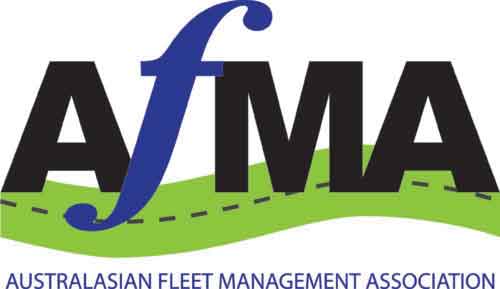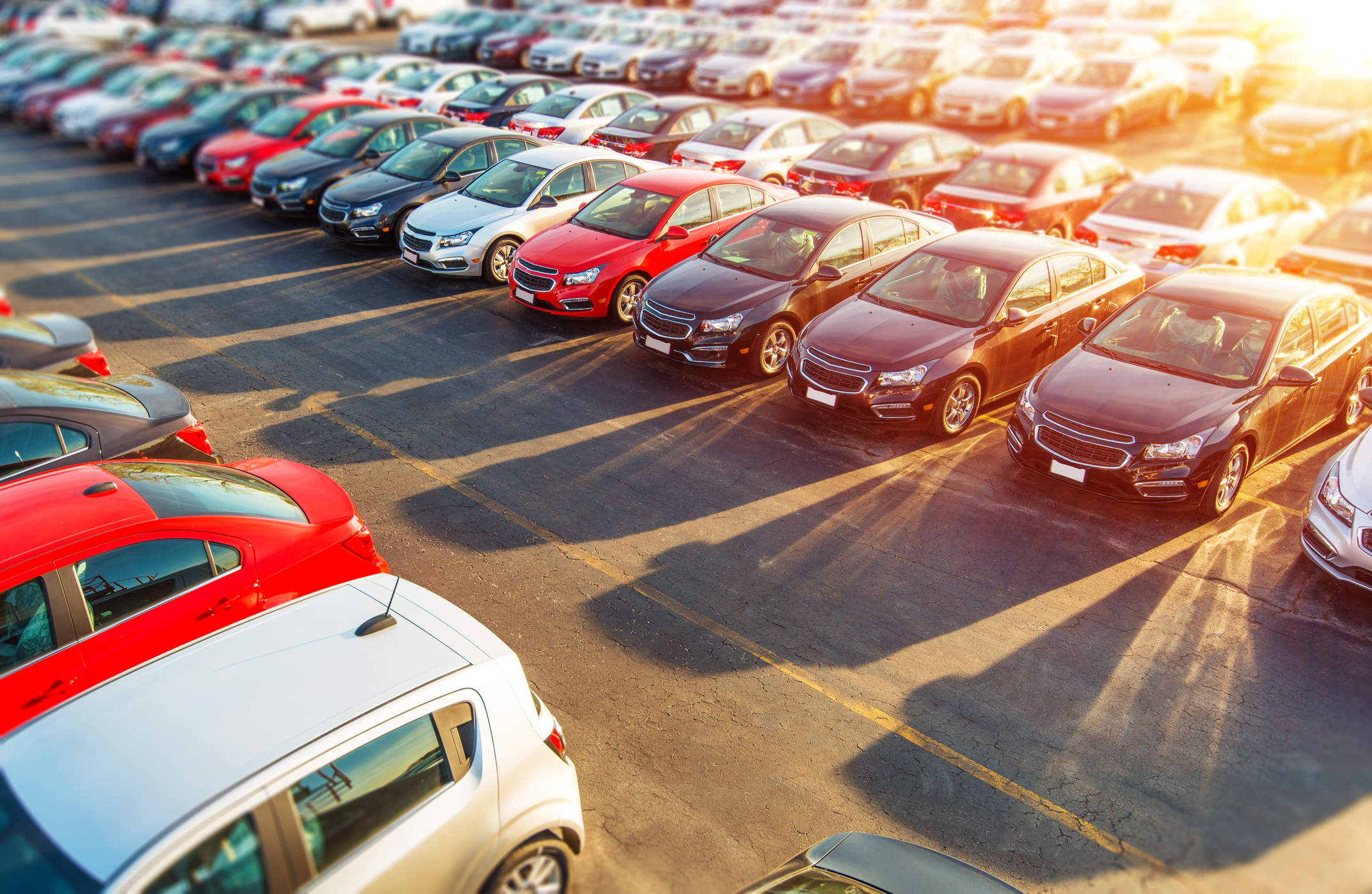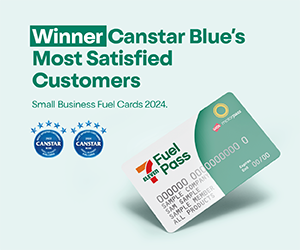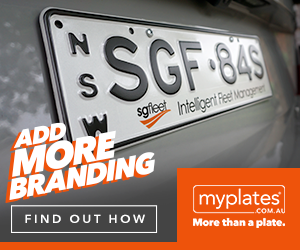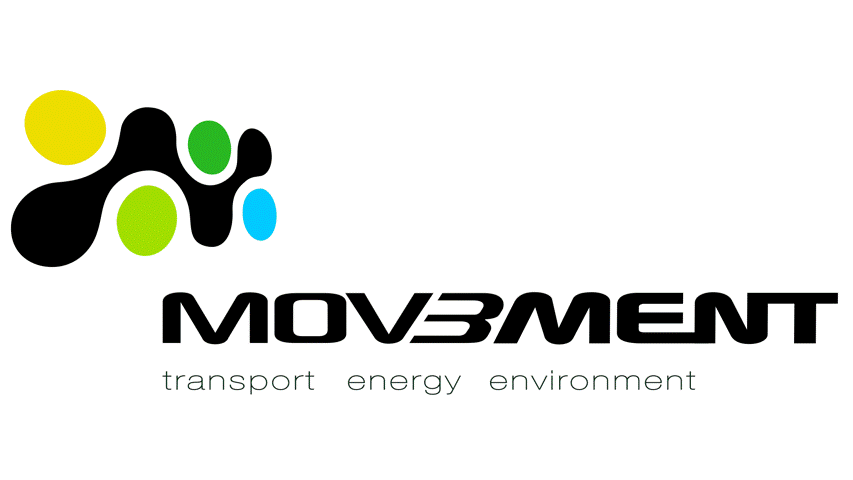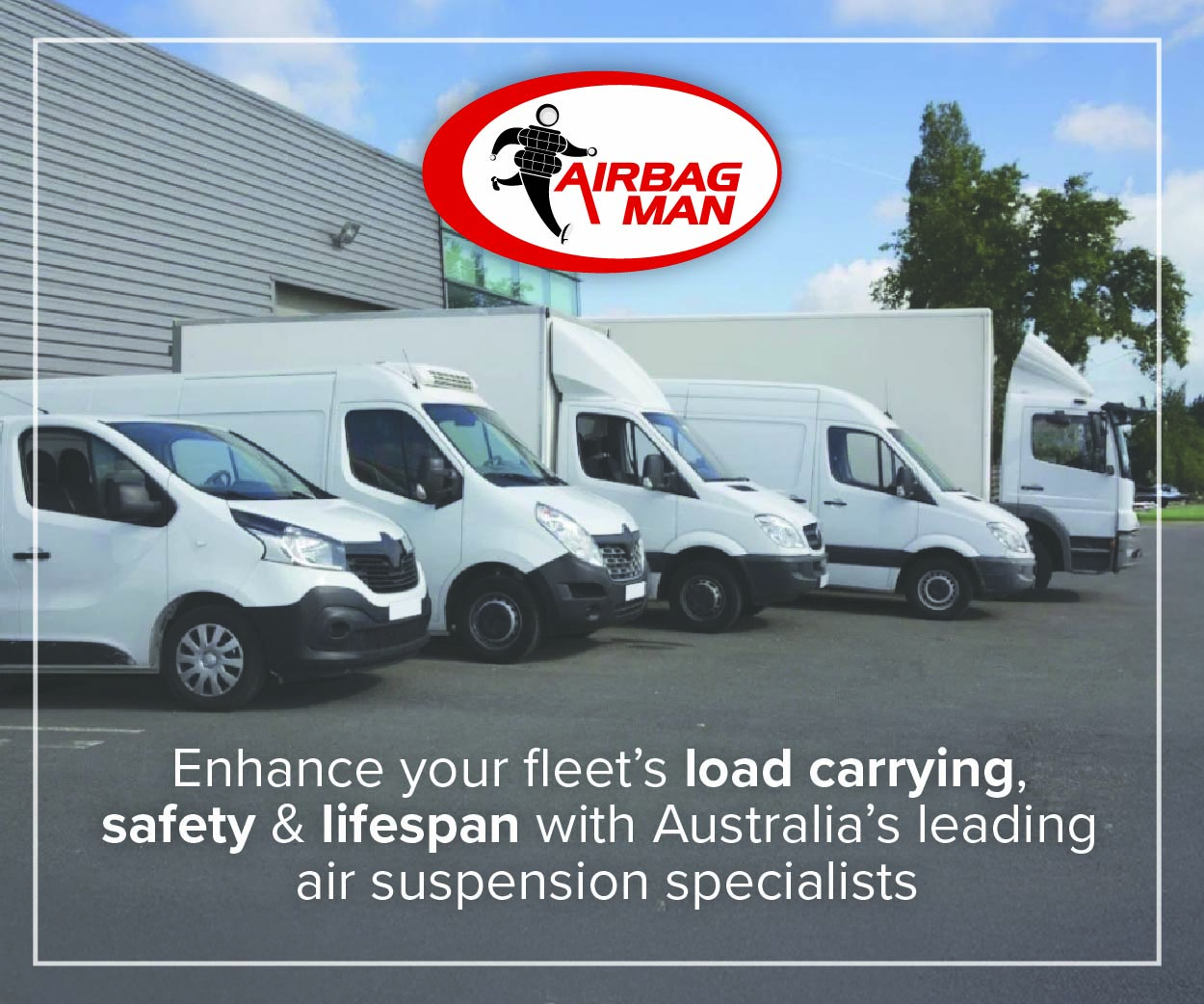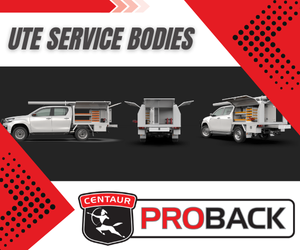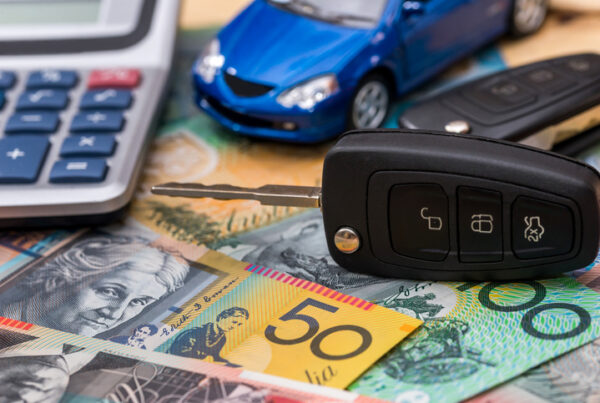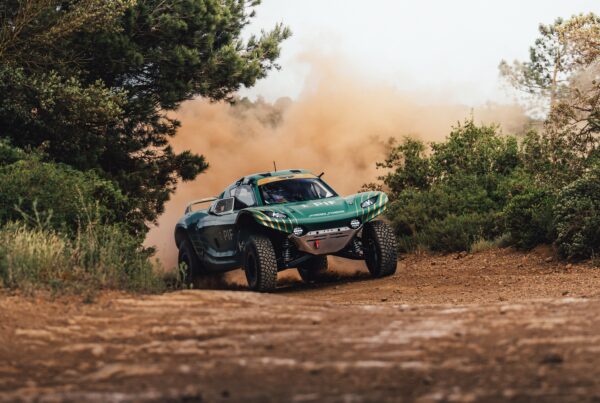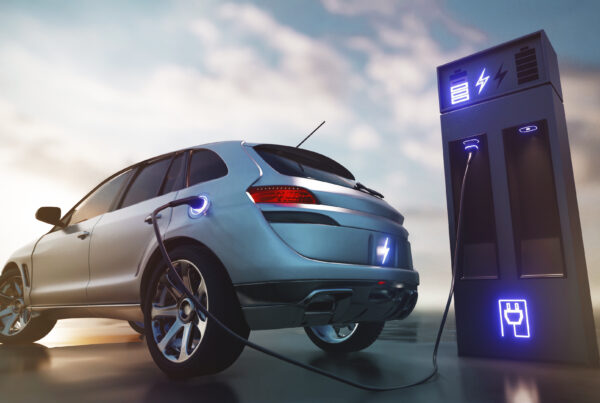New car sales in New Zealand may finally be finding their footing. According to the Motor Industry Association (MIA), vehicle registrations in May 2025 reached 10,251 units, just 65 more than in May last year.
This small increase points to a stabilising market after months of softer results. Still, total sales for the year are slightly behind. So far in 2025, 51,621 new vehicles have been registered, which is 3 per cent less than the same period in 2024.
“We probably still have a period of subdued activity to come, but these May numbers do offer some cause for optimism,” said MIA chief executive Aimee Wiley.
Passenger Cars Up, Heavy Trucks Down
Passenger cars, including SUVs, performed well in May. A total of 6,817 were registered, a 7 per cent jump from last year. But light commercial vehicles (like Utes and vans) dropped by 4.4 per cent to 3,016 units. Heavy trucks took the biggest hit, with just 418 registered or a 37 per cent fall compared to May 2024.
The Ford Ranger led the pack for light commercial vehicles, with 1,051 sold. The Toyota Hilux followed closely with 910 units sold. For the year so far, the Ranger holds a narrow lead: 3,510 units compared to the Hilux’s 3,438.
In the passenger segment, the Toyota RAV4 was the top pick again in May, with 666 units sold. It was followed by the Mitsubishi ASX (457 units) and Ford Everest (277 units). The RAV4 also leads the year-to-date sales, holding a 10.5 per cent share of the light passenger market.
Electric Vehicle Sales Hold Steady
Battery electric vehicles (BEVs) held their ground, with 528 sold in May, up from 443 a year earlier. Hybrid electric vehicles (HEVs) grew to 2,883 units, while plug-in hybrids (PHEVs) rose to 351.
Traditional petrol, diesel, and LPG vehicles still made up most of the market, but their share is slowly dropping. They made up 63.3 per cent of sales in May 2025, compared to 68.3 per cent in May 2024.
Who’s Buying?
Business buyers made up the biggest slice of the market in May at 55.1 per cent. Private buyers followed at 35.9 per cent, with rental companies at 7.3 per cent and government fleets at 1.7 per cent.
The MIA says it’s keeping a close eye on changes in what people are buying and what powers those vehicles. While electric and hybrid vehicles are growing in popularity, most buyers still go with petrol or diesel options.
Did you find this article interesting? Click the ‘heart’ button above to give it a ‘like’!
